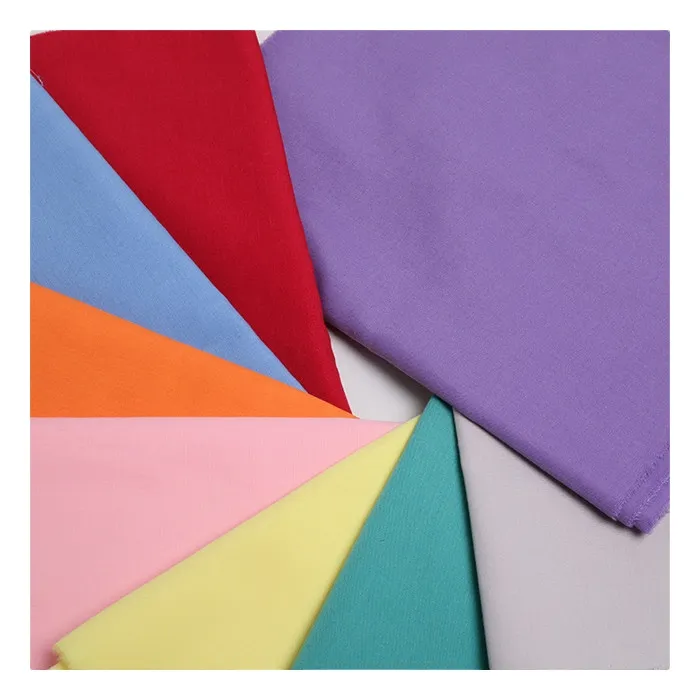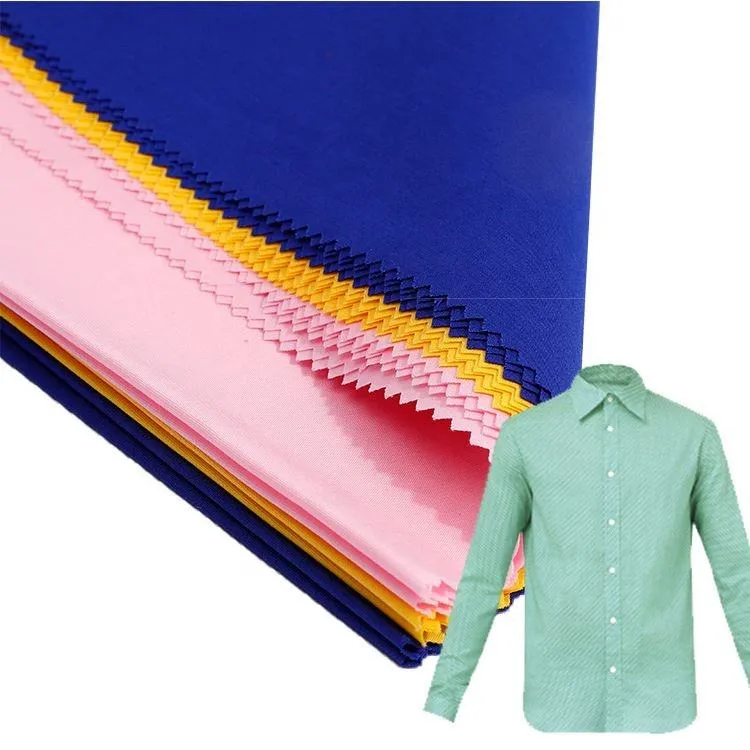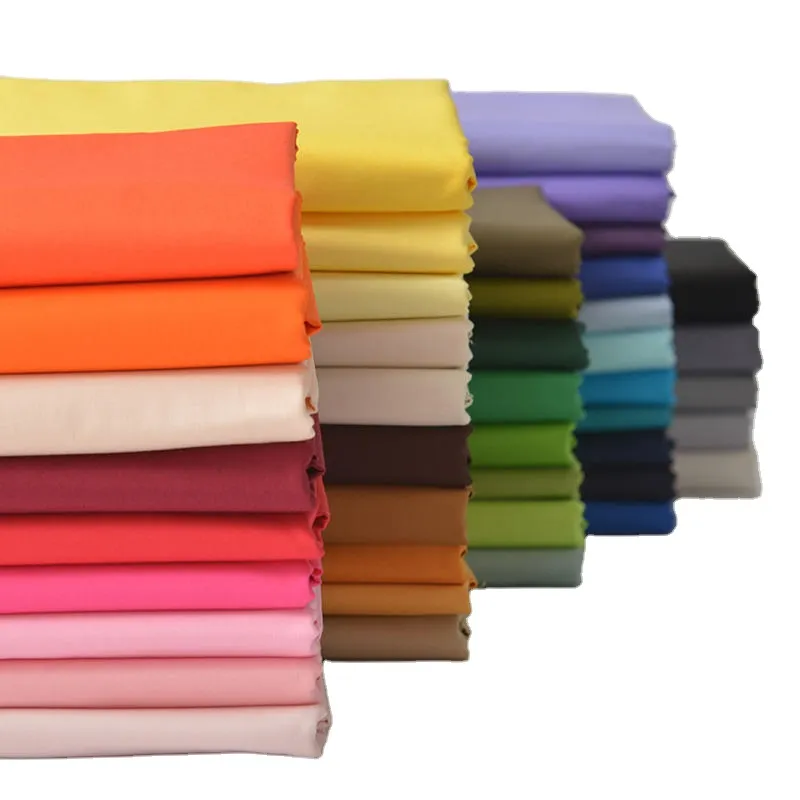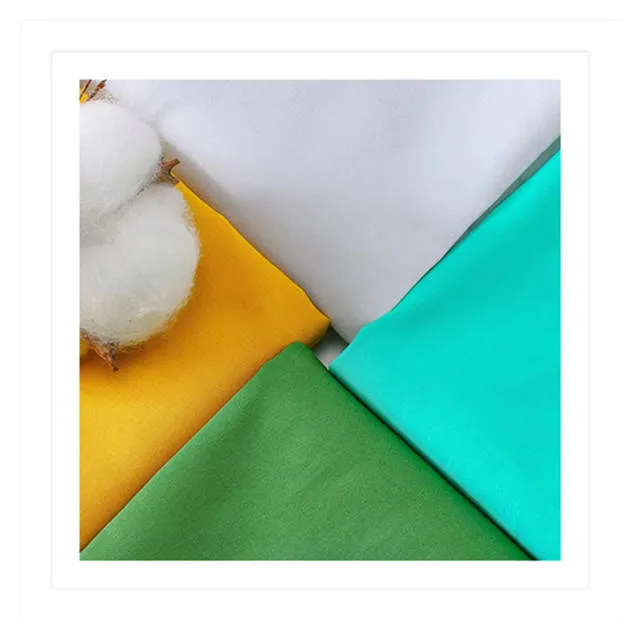
- Afrikaans
- Albanian
- Amharic
- Arabic
- Armenian
- Azerbaijani
- Basque
- Belarusian
- Bengali
- Bosnian
- Bulgarian
- Catalan
- Cebuano
- Corsican
- Croatian
- Czech
- Danish
- Dutch
- English
- Esperanto
- Estonian
- Finnish
- French
- Frisian
- Galician
- Georgian
- German
- Greek
- Gujarati
- haitian_creole
- hausa
- hawaiian
- Hebrew
- Hindi
- Miao
- Hungarian
- Icelandic
- igbo
- Indonesian
- irish
- Italian
- Japanese
- Javanese
- Kannada
- kazakh
- Khmer
- Rwandese
- Korean
- Kurdish
- Kyrgyz
- Lao
- Latin
- Latvian
- Lithuanian
- Luxembourgish
- Macedonian
- Malgashi
- Malay
- Malayalam
- Maltese
- Maori
- Marathi
- Mongolian
- Myanmar
- Nepali
- Norwegian
- Norwegian
- Occitan
- Pashto
- Persian
- Polish
- Portuguese
- Punjabi
- Romanian
- Russian
- Samoan
- scottish-gaelic
- Serbian
- Sesotho
- Shona
- Sindhi
- Sinhala
- Slovak
- Slovenian
- Somali
- Spanish
- Sundanese
- Swahili
- Swedish
- Tagalog
- Tajik
- Tamil
- Tatar
- Telugu
- Thai
- Turkish
- Turkmen
- Ukrainian
- Urdu
- Uighur
- Uzbek
- Vietnamese
- Welsh
- Bantu
- Yiddish
- Yoruba
- Zulu
Soft, Durable Carded Cotton Yarn for Textile Production
Understanding Carded Cotton: A Cornerstone in Textile Manufacturing
In the vast and intricate world of textiles, the selection of raw materials is paramount to achieving desired product characteristics, cost efficiencies, and market competitiveness. Among the various cotton preparations, carded cotton stands out as a fundamental and widely utilized fiber type, forming the backbone for an extensive range of fabrics. Its prominence stems from a balanced combination of quality, process efficiency, and economic viability, making it a preferred choice for manufacturers producing everything from everyday apparel to specialized home textiles and industrial fabrics. The process of carding, central to its identity, meticulously aligns and cleans cotton fibers, preparing them for subsequent spinning operations. This meticulous preparation ensures a consistent quality base, influencing the ultimate strength, uniformity, and aesthetic appeal of the final yarn and fabric. While it may not possess the extreme fineness or smoothness of its combed counterpart, carded cotton offers excellent bulk, softness, and absorbency, properties highly valued across numerous applications. The global textile industry continuously seeks innovative ways to enhance the performance and sustainability of materials, and carded cotton, with its inherent versatility, remains at the forefront of these developments, adapting to evolving consumer demands and technological advancements. Its ability to integrate seamlessly into diverse spinning techniques, including both ring spinning and open-end spinning, further underscores its importance.
The demand for specific textile properties, such as durability in workwear or breathability in casual garments, often dictates the choice between different cotton preparations. For instance, the demand for a fabric like the Tc65/35 110x76 White Fabric 44 Inches Carded Cotton Quality exemplifies how carded cotton is strategically blended with synthetic fibers like polyester to achieve a synergistic material that combines the natural comfort and absorbency of cotton with the enhanced strength, wrinkle resistance, and quick-drying properties of synthetics. This blend optimizes performance for specific end-uses, highlighting the engineering precision involved in textile material design. The textile landscape is dynamic, with trends shifting towards more sustainable production practices and higher performance fabrics. Manufacturers are consistently exploring advanced processing techniques for carded cotton to improve its inherent characteristics, such as reducing neps and improving yarn evenness, thereby expanding its utility. Furthermore, understanding the nuances between carded cotton vs combed cotton is critical for product developers to make informed decisions that align with both functional requirements and cost objectives. The careful consideration of fiber characteristics, processing costs, and target market expectations ensures that carded cotton continues to serve as a versatile and economically attractive option, driving innovation across various textile sectors. This foundational material not only meets current industry needs but also adapts to future challenges, maintaining its relevance through continuous refinement and application diversification.
The Meticulous Process of Carded Cotton Manufacturing
The production of carded cotton is a sophisticated sequence of mechanical operations designed to transform raw cotton bales into a coherent, clean fiber mass ready for spinning. This journey begins with the bale opening and blending stage, where cotton bales from various sources are opened and mixed to ensure uniformity in fiber characteristics like staple length, micronaire, and strength. This blending is critical for achieving consistent yarn quality and mitigating variations inherent in natural fibers. Following blending, the cotton undergoes a series of opening and cleaning processes, where large clumps of fibers are separated, and impurities such as leaves, seeds, and dirt are removed. High-speed beater actions and air currents effectively loosen the fibers and separate contaminants. The pivotal step, however, is carding. During carding, cotton fibers pass through a machine equipped with fine wires or teeth on rapidly moving surfaces. This action individualizes the fibers, removes remaining short fibers (noil), neps (small knots of tangled fibers), and other fine impurities. Simultaneously, it aligns the fibers into a relatively parallel arrangement, forming a continuous rope-like strand known as a 'sliver'. The quality of the carding process directly impacts the evenness and strength of the resulting yarn.

After carding, the slivers are subjected to a drawing process. Drawing machines combine multiple slivers and stretch them, further parallelizing the fibers and significantly improving the sliver's uniformity and evenness. This step is crucial for reducing irregularities that can lead to thin or thick spots in the final yarn. For producing carded cotton yarns, especially those destined for a softer hand feel like cotton carded soft variants, precision in drawing ensures consistent fiber distribution. The prepared sliver then moves to the roving frame, where it is slightly twisted and attenuated into a finer strand called 'roving'. Roving is then fed into the spinning machine, where it is drawn out to the final yarn count and given the necessary twist to impart strength. Both ring spinning and carded open end cotton spinning are common methods. Quality control is integrated throughout this process, utilizing advanced sensors and testing equipment to monitor parameters such as fiber length distribution, fineness (micronaire), strength, and trash content. Adherence to international standards such as ISO 9001 for quality management systems and OEKO-TEX Standard 100 for harmful substance testing ensures that the final carded cotton product meets stringent safety and performance criteria, enhancing its suitability for diverse textile applications from apparel to home furnishings.
Technical Parameters and Performance Advantages of Carded Cotton
The technical specifications of carded cotton fibers and yarns are critical determinants of their suitability for various textile applications. Key parameters include staple length, which typically ranges from 1 inch to 1.25 inches for medium-staple cotton used in carding; micronaire value, indicating fiber fineness and maturity (usually 3.5-4.9); and fiber strength, measured in grams per tex. These parameters collectively influence yarn strength, evenness, and overall fabric hand feel. For instance, yarn count, such as 30s carded cotton yarn price, directly relates to the fineness of the yarn, with higher counts indicating finer yarns. Carded cotton offers several significant advantages. It provides excellent bulk and softness, making it comfortable for skin contact in apparel and bedding. Its natural breathability and absorbency contribute to comfort, especially in warmer climates or for activewear. From a manufacturing perspective, carding is a more cost-effective process compared to combing, resulting in a more competitively priced raw material, which translates to affordable final products without compromising essential quality attributes. The fiber array, though less parallel than combed cotton, still forms a robust structure that holds dyes well and provides good fabric durability for general purpose use.

When comparing carded cotton vs combed cotton, it's essential to understand that while combed cotton removes more short fibers and neps, yielding a smoother, stronger, and more lustrous yarn, carded cotton retains a broader spectrum of fiber lengths and a slightly higher nep content, contributing to its characteristic soft bulkiness. This makes cotton carded or combed a choice dependent on the specific end-product requirement. For applications demanding extreme smoothness and high strength, like fine shirting or luxury bed linens, combed cotton might be preferred. However, for everyday apparel, towels, denim, and various industrial textiles, carded cotton provides an optimal balance of performance and value. Its versatility also extends to blends, as seen in the Tc65/35 110x76 White Fabric 44 Inches Carded Cotton Quality, where it combines effectively with polyester to enhance properties like dimensional stability and crease resistance. This blend leverages the advantages of both fibers, resulting in a fabric that is comfortable, durable, and easy to care for, suitable for institutional textiles, workwear, and certain types of casual wear.
| Parameter | Unit | Typical Range | Significance |
|---|---|---|---|
| Yarn Count (Ne) | English Count | 20s - 40s (30s common) | Indicates yarn fineness; higher count is finer yarn. |
| Tenacity | cN/tex | 18 - 25 | Yarn strength; higher values indicate stronger yarn. |
| Elongation at Break | % | 5 - 8 | Yarn elasticity before breaking. |
| Uster Evenness (U%) | % | 12 - 16 | Yarn thickness variation; lower U% is more even. |
| Hairiness (H) | Index | 5 - 7 | Number of protruding fibers; affects pilling and hand feel. |
| Neps per Gram | Count/g | 150 - 300 | Small fiber entanglements; affects fabric appearance. |
Applications and Industry Trends for Carded Cotton
The versatility of carded cotton makes it indispensable across a wide array of textile applications, catering to various industry sectors. In the apparel industry, it is widely used for producing casual wear such as T-shirts, hoodies, denim, and basic underwear due to its comfort, breathability, and cost-effectiveness. The bulk and softness imparted by carded cotton make it ideal for absorbent products like towels, bathrobes, and terry fabrics, where its inherent ability to absorb moisture is highly valued. In home textiles, it forms the foundation for bed sheets, pillowcases, curtains, and upholstery fabrics, offering a balance of durability and comfort. Beyond these traditional uses, carded cotton finds application in technical textiles for specific non-woven applications, cleaning cloths, and as a component in certain composite materials where a natural, biodegradable filler or reinforcement is desired. The industry trend for carded cotton leans towards enhanced sustainability, with a growing emphasis on responsibly sourced cotton, organic certifications, and water-efficient processing techniques.

Furthermore, technological advancements are leading to the development of higher-quality carded cotton yarns, including carded compact yarn, which offers improved strength and reduced hairiness without the additional cost of combing. This innovation bridges the gap between traditional carded and combed yarns, providing a premium feel and enhanced performance for a broader range of products. The shift towards circular economy models is also influencing how carded cotton is viewed, with increased interest in recycling textile waste and incorporating recycled cotton fibers into new carded cotton products. Manufacturers are investing in more efficient carding machines that minimize waste and optimize fiber utilization. The Tc65/35 110x76 White Fabric 44 Inches Carded Cotton Quality fabric, for example, is a prime illustration of how carded cotton is integrated into blended fabrics to achieve specific performance characteristics suitable for institutional use, demonstrating its enduring relevance and adaptability in meeting diverse market demands. The ability to customize yarn count and twist for various applications, whether for a durable denim or a soft jersey, underscores the material's flexibility.
Manufacturer Comparison and Customization Solutions
Selecting the right manufacturer for carded cotton products is paramount for B2B buyers, as it impacts not only product quality and cost but also supply chain reliability and adherence to ethical standards. Reputable manufacturers distinguish themselves through their rigorous quality control protocols, often certified to international standards such as ISO 9001 for quality management and OEKO-TEX for textile safety. When evaluating suppliers of carded and combed yarn or fabrics like the Tc65/35 110x76 White Fabric 44 Inches Carded Cotton Quality, key factors include their fiber sourcing practices, technological capabilities (e.g., modern carding and spinning machinery), and their ability to produce consistent yarn counts, evenness, and strength. A manufacturer's service years in the industry and their track record with major clients serve as strong indicators of reliability and expertise. For instance, Bosswin Textile, with its extensive experience, focuses on delivering high-quality blended fabrics that meet precise specifications, leveraging their deep understanding of carded cotton processing.

Customization is a significant aspect of B2B procurement in the textile industry. Leading manufacturers offer comprehensive customization solutions for carded cotton, allowing clients to specify precise parameters for their unique product needs. This includes tailoring yarn counts (e.g., from coarse carded open end cotton for denim to finer counts for sheeting), fiber blends (e.g., specific cotton-polyester ratios for enhanced durability or comfort), and finishing treatments (e.g., mercerization for luster, anti-pilling treatments, or specialized finishes for flame resistance). For clients requiring specialized yarns such as carded compact yarn or specific blends like combed carded for a balance of properties, manufacturers like Bosswin Textile collaborate closely to develop solutions that align with performance requirements, cost targets, and aesthetic preferences. This bespoke approach ensures that businesses receive materials perfectly suited for their end applications, whether it's for specific uniform requirements, specialized industrial filters, or unique fashion lines, optimizing material performance and overall product quality while maintaining a competitive edge in the market.
Enhancing Trustworthiness: FAQs, Delivery, and Support
Building trust with B2B clients in the textile sector involves transparent communication, reliable logistics, and robust post-sales support. For carded cotton suppliers, clearly articulated policies regarding product specifications, delivery, and quality assurance are vital. A comprehensive FAQ section can proactively address common client queries, from technical specifications of carded yarn and combed yarn to the implications of carded vs combed cotton for different applications. For example, questions might include, "What is the typical lead time for an order of Tc65/35 110x76 White Fabric 44 Inches Carded Cotton Quality?", or "Can you provide certification for the cotton's origin and processing standards?". Providing clear answers, perhaps even with specific examples of how cotton carded soft yarns are achieved, significantly enhances client confidence. Delivery cycle transparency is another critical factor. Reputable manufacturers provide accurate lead times, maintain efficient logistics networks, and offer tracking capabilities for bulk orders, ensuring on-time delivery crucial for manufacturing schedules. This operational efficiency minimizes downtime for clients and strengthens the supplier-client relationship, proving the manufacturer's commitment to reliability.

Furthermore, a strong quality assurance program and a clear warranty commitment are indispensable. This includes detailing the inspection standards adhered to during production, such as ASTM (American Society for Testing and Materials) textile testing methods for properties like tensile strength and tear resistance, or AATCC (American Association of Textile Chemists and Colorists) standards for colorfastness. A robust warranty specifies the terms under which product defects will be addressed, offering peace of mind to the client. Comprehensive customer support, including dedicated account managers, technical assistance for product integration, and responsive issue resolution, further solidifies trustworthiness. This level of support ensures that clients can effectively utilize carded cotton products like the Tc65/35 110x76 White Fabric 44 Inches Carded Cotton Quality, troubleshoot any challenges, and receive prompt assistance, reinforcing the manufacturer's commitment to long-term partnerships. In a competitive market, manufacturers who prioritize transparency, efficiency, and unwavering support build enduring relationships based on mutual trust and consistent value delivery.
Frequently Asked Questions (FAQ)
A1: The main difference lies in the processing. Carded cotton undergoes a carding process that aligns fibers and removes some impurities and short fibers. Combed cotton goes through an additional combing process that removes even more short fibers and neps, resulting in a smoother, stronger, and more lustrous yarn with less fuzziness. Carded cotton is generally more economical and offers good bulk and softness.
A2: This specific blend fabric, featuring carded cotton, is excellent for applications requiring a balance of cotton's comfort and polyester's durability. It's highly suitable for institutional textiles like hospital linens, hotel bed sheets, school uniforms, and workwear where frequent washing, wrinkle resistance, and longevity are priorities. It also works well for certain types of casual apparel.
A3: Delivery times can vary based on order volume, customization requirements, and current production schedules. For standard carded cotton fabrics, typical lead times range from 30 to 45 days after order confirmation and deposit. Customized orders or very large volumes may require longer. We provide an estimated delivery schedule upon order inquiry and keep clients informed throughout the production and shipping process.
Authoritative References
- Cotton Incorporated. (2023). "The Fabric of Our Lives: Cotton Fiber Properties and Processing." Research & Development Publications.
- American Society for Testing and Materials (ASTM). (2022). "Standard Test Methods for Textile Fabrics." Annual Book of ASTM Standards, Volume 07.01 Textiles.
- Textile Institute. (2021). "Principles of Spinning: Cotton Yarn Production." Journal of the Textile Institute.
- International Organization for Standardization (ISO). (2020). "ISO 9001: Quality Management Systems – Requirements." ISO Standards Catalogue.
- O'Brien, M. (2019). "Advances in Cotton Processing and Textile Technology." Textile Research Journal.
-
Solid PoplinNewsAug.12,2025
-
Pigment PrintingNewsAug.12,2025
-
Flannelette FabricNewsAug.12,2025
-
Cotton Flannel ClothNewsAug.12,2025
-
Brushed Cotton PoplinNewsAug.12,2025
-
Excellent Bleached Cotton Fabrics: Ideal for Every IndustryNewsAug.12,2025
-
The Versatility and Elegance of White Cotton Poplin FabricNewsJun.23,2025
